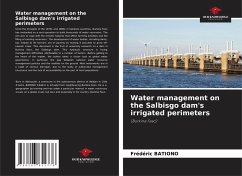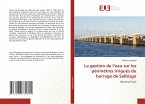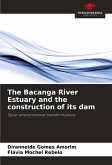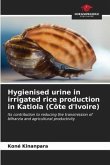Since the droughts of the 1970s and 1980s in Sahelian countries, Burkina Faso has embarked on a vast operation to build thousands of water reservoirs. The aim was to cope with the climatic hazards that affect farming activities and the filling of existing reservoirs. The development of water bodies, including dams, has helped to lift farmers out of poverty by making it possible to grow off-season crops. This document is the fruit of university research on a dam in Burkina Faso, the Salbisgo dam. This hydraulic structure is facing management difficulties attributable to a number of factors. Before getting to the heart of the matter, the author takes a closer look at global water governance, in particular the gap between national water resource management policies and the realities on the ground. Most waterworks are in a state of serious disrepair, due to the laxity of authorized management structures and the lack of accountability on the part of local populations.
Bitte wählen Sie Ihr Anliegen aus.
Rechnungen
Retourenschein anfordern
Bestellstatus
Storno








